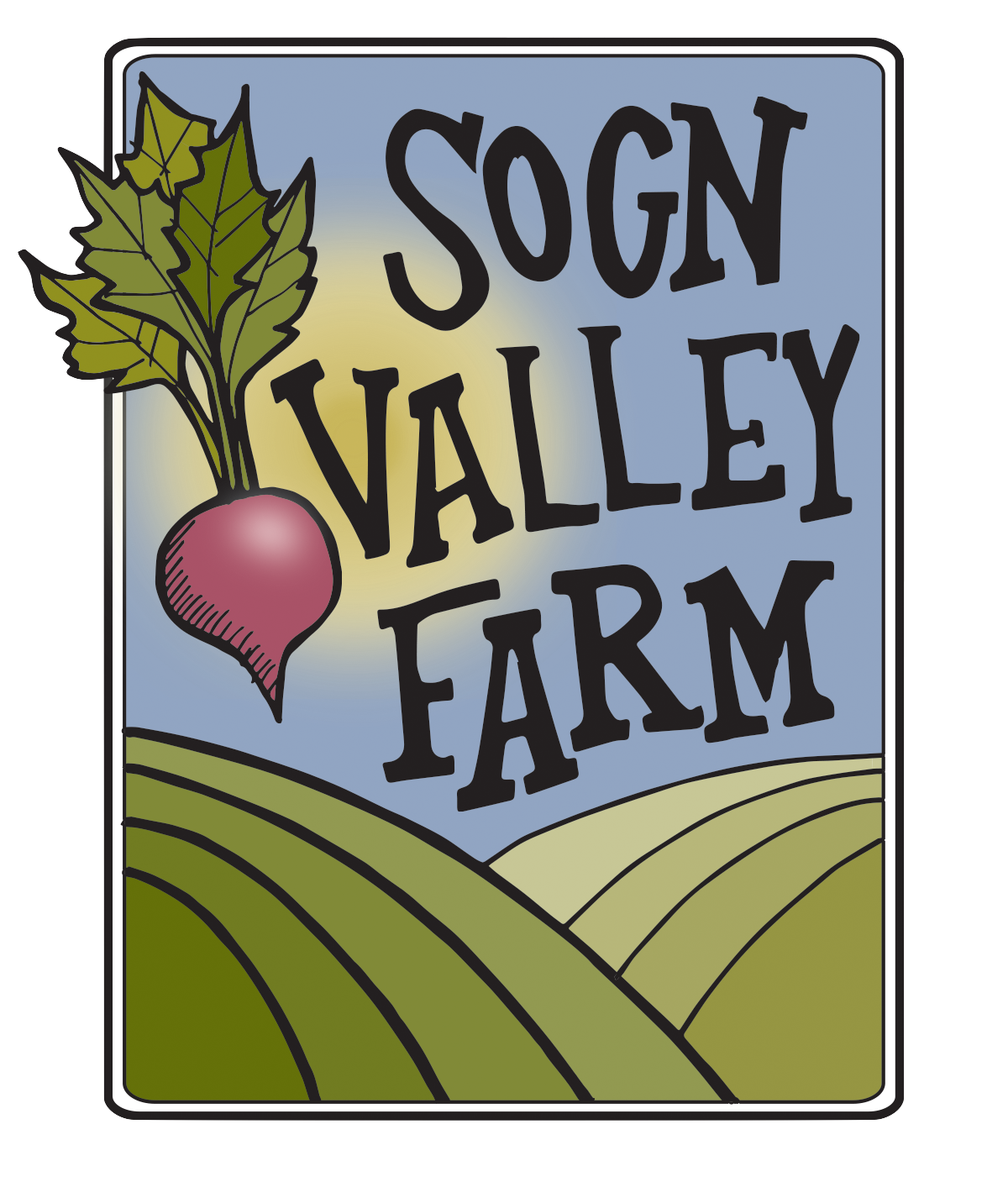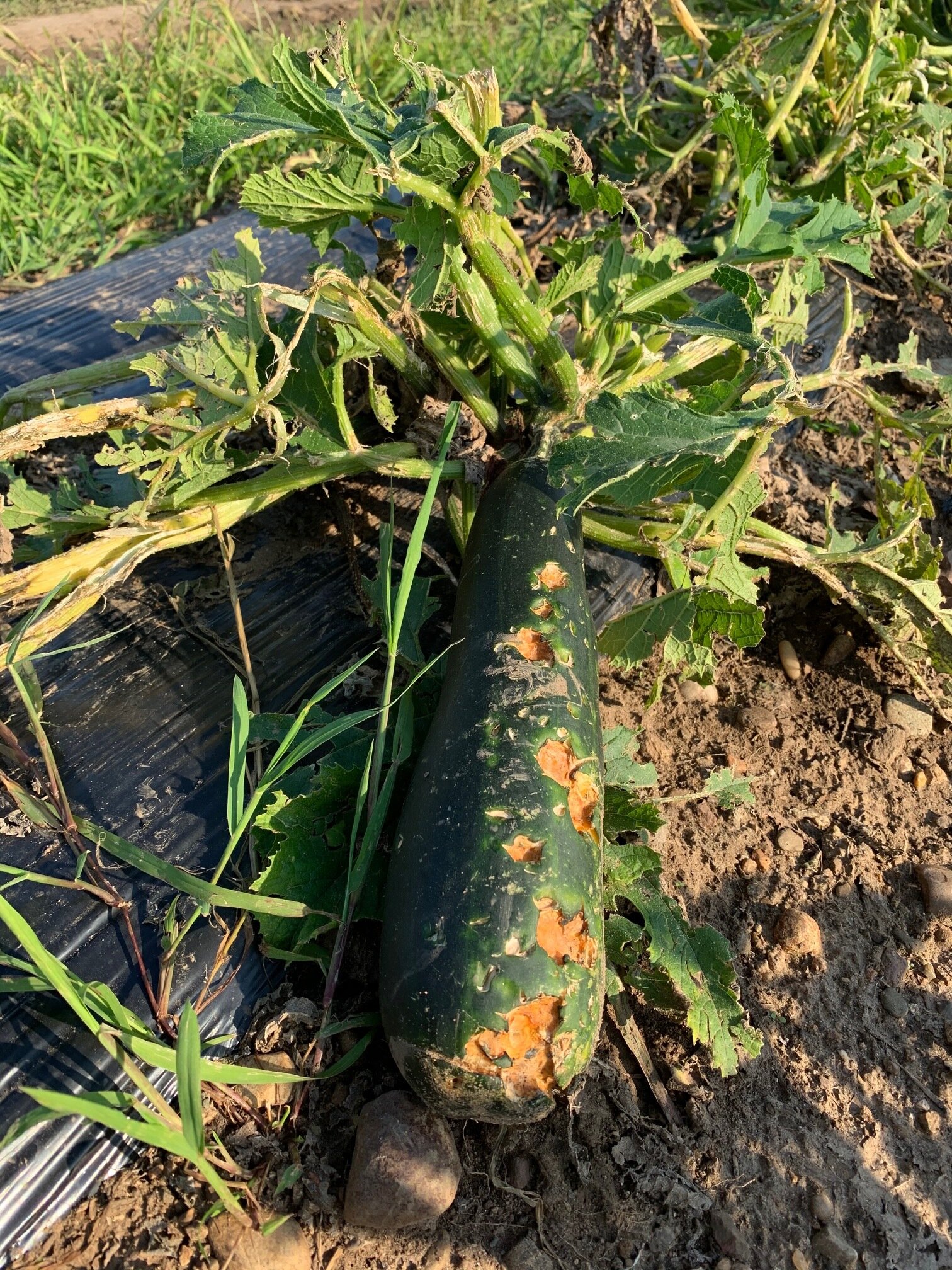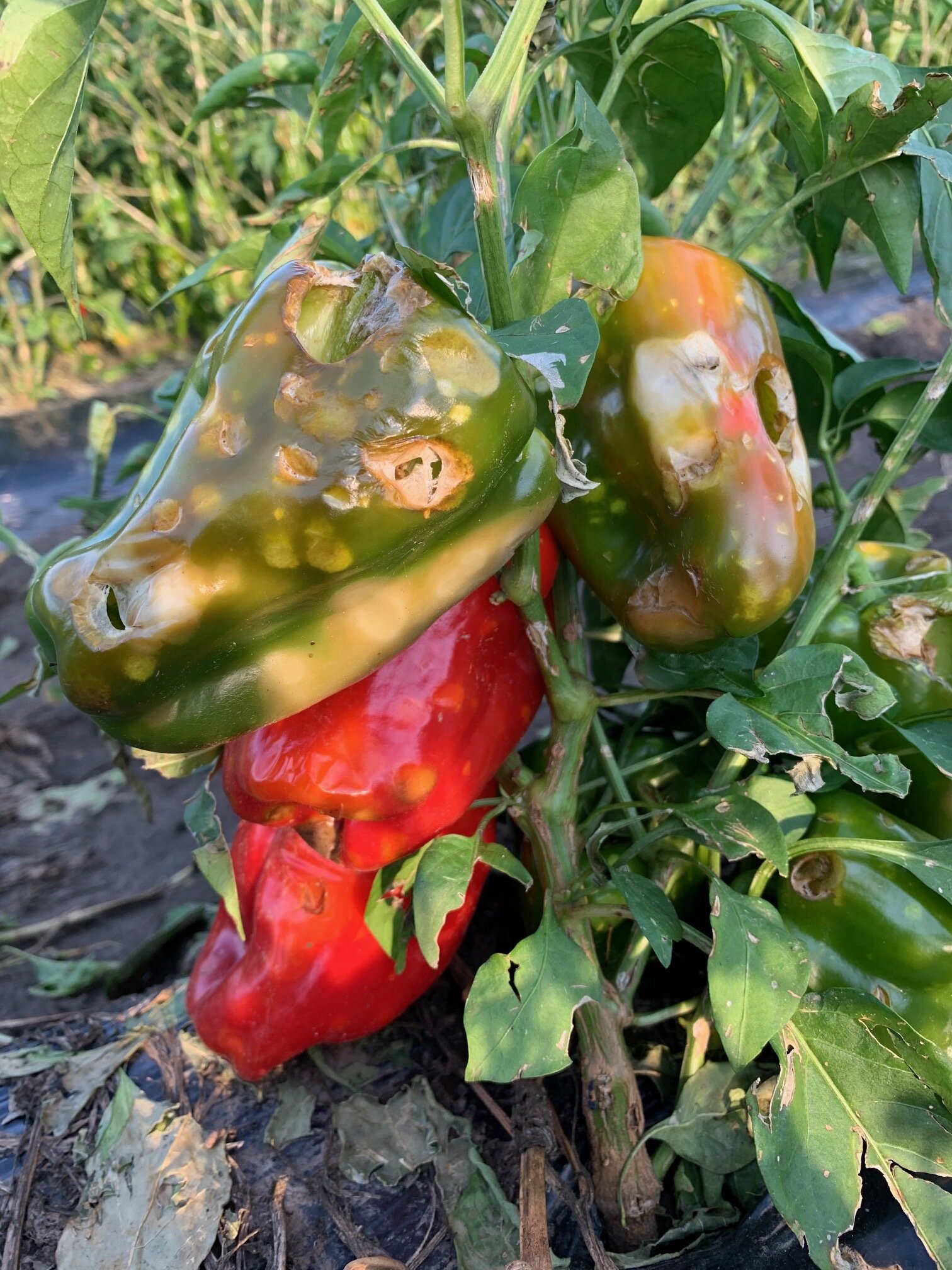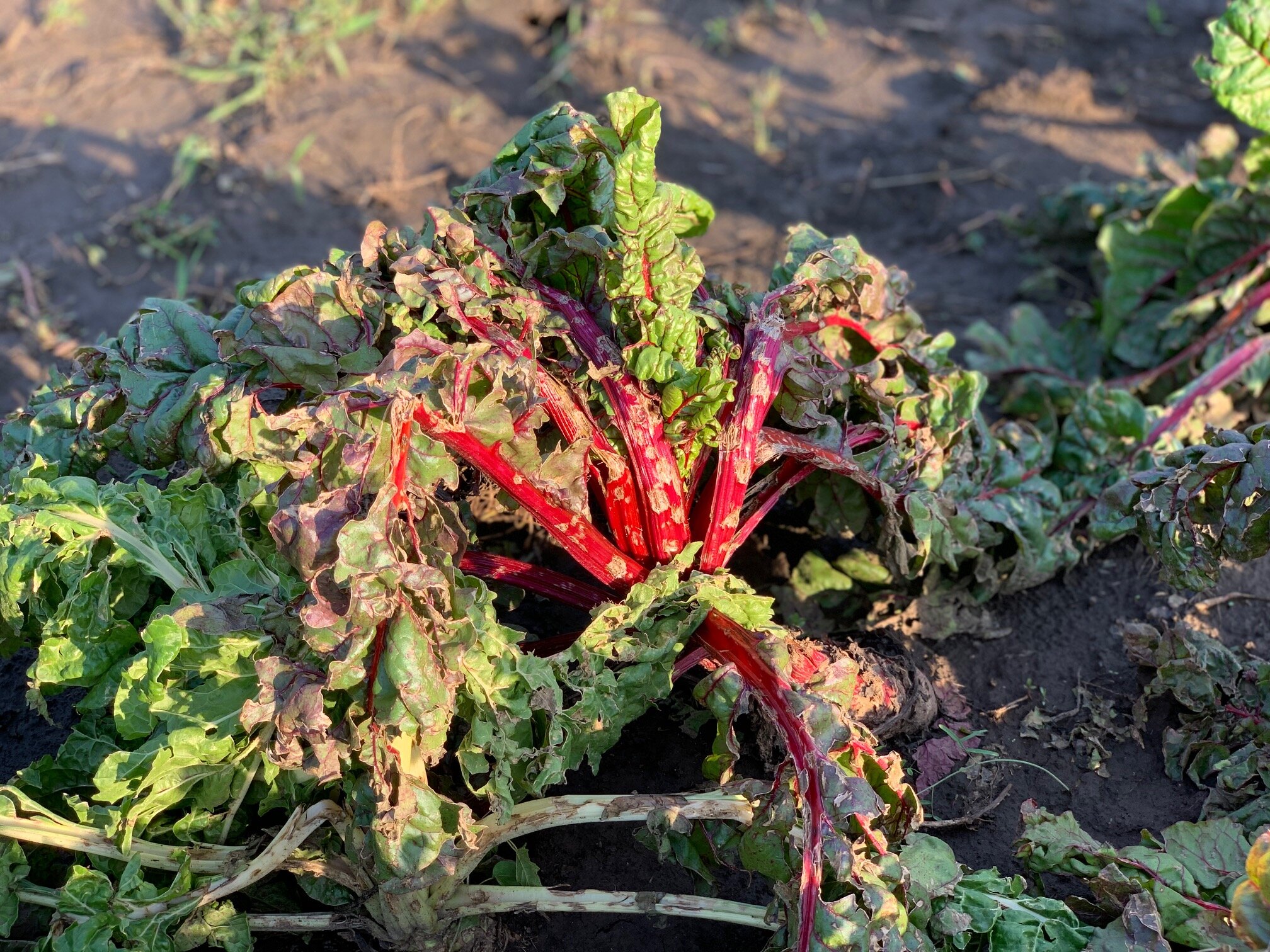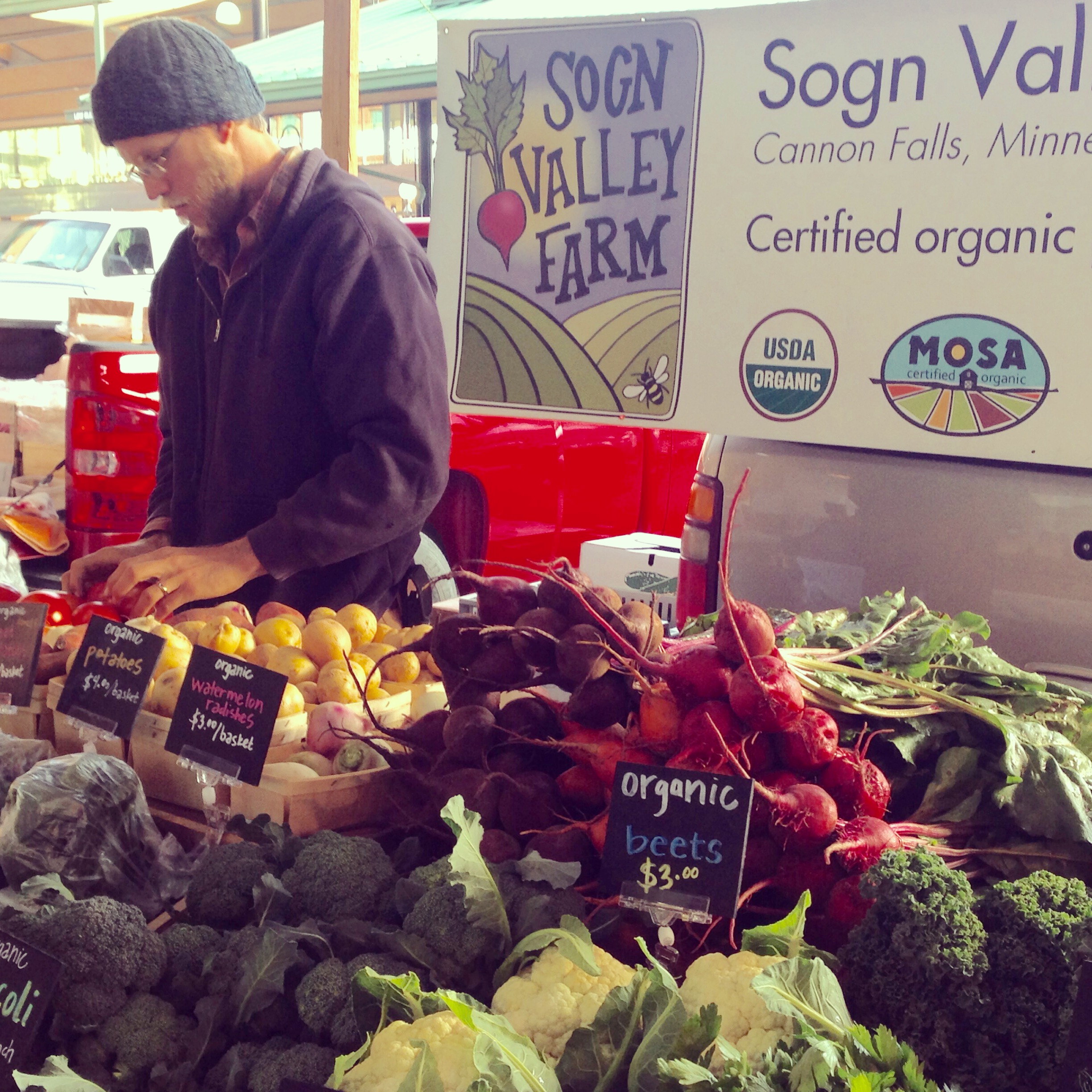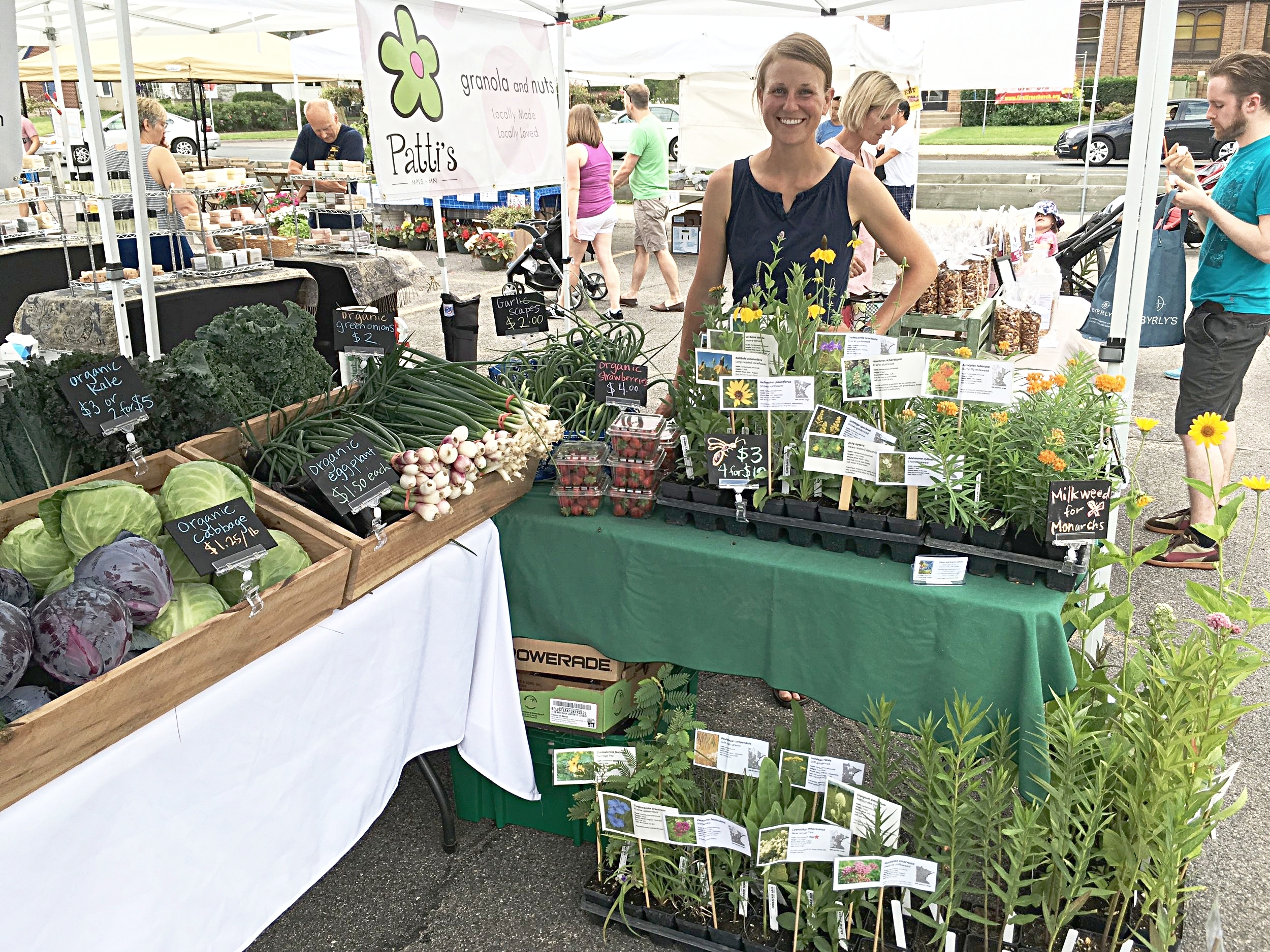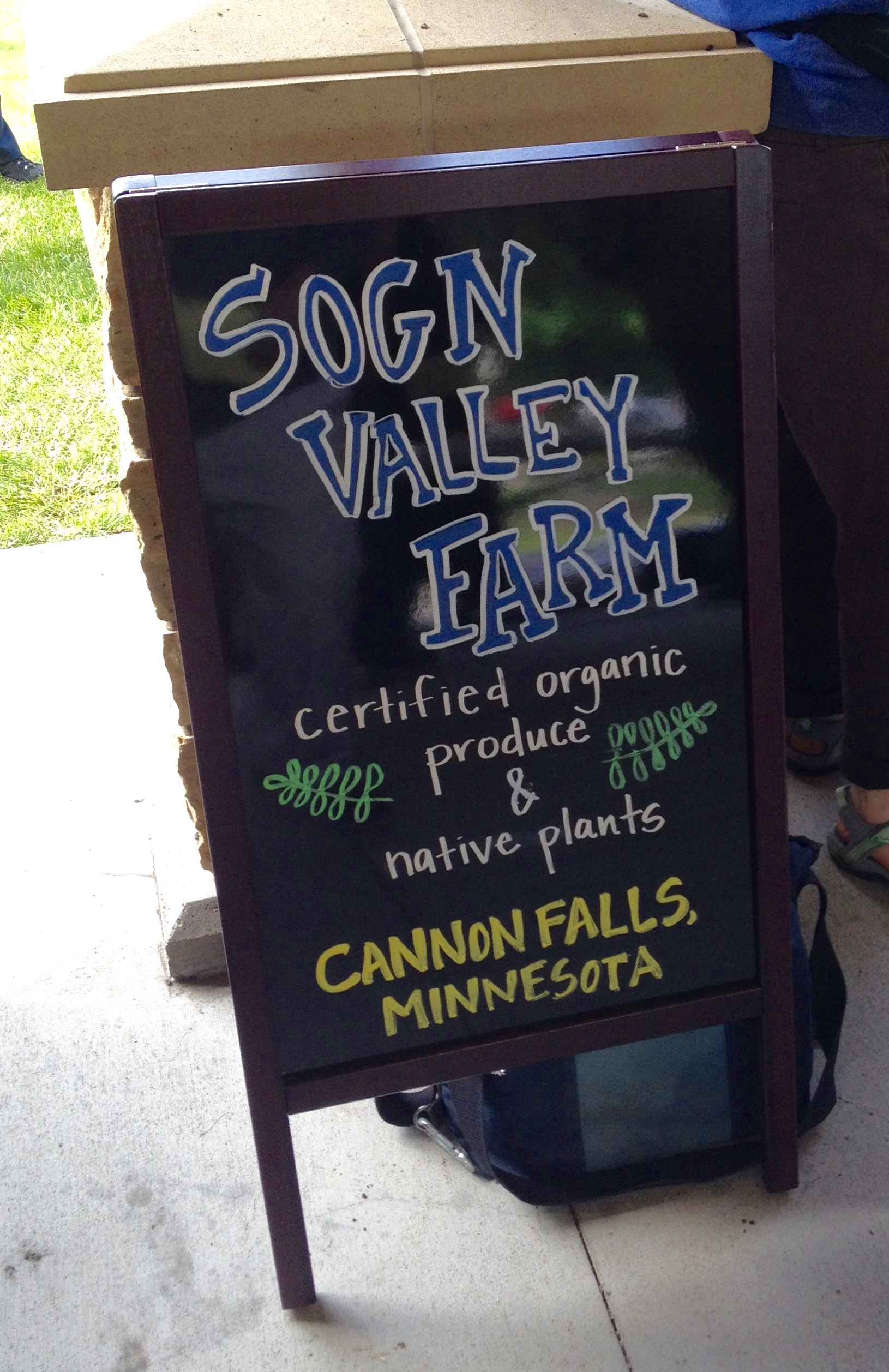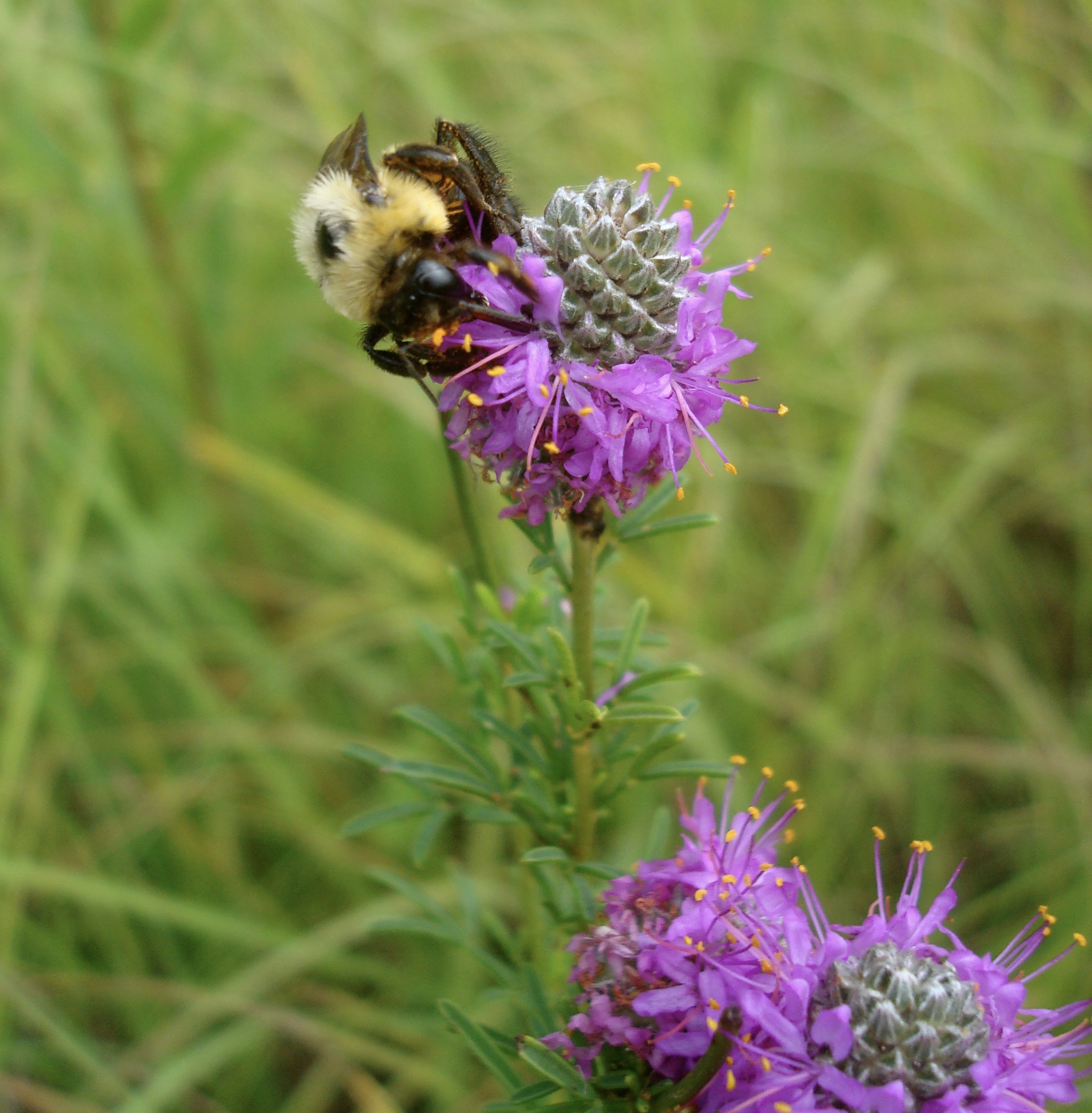We will not be offering summer CSA shares in 2022. We are still considering offering a fall and winter share, but have not yet finalized those details. Please read on for the full background and context for our decision, along with thoughts about what our farm will look like going forward.
Since its inception seven years ago, the farm has been a dominating force in our lives. The management requirements of our complex, diversified farm have often been at odds with personal and family needs. During the early years, we were in our late 20s, did not have children, and had that “startup” energetic mindset. We expected to be working long, hard hours to get this business off the ground. It was not uncommon for me to work 80-100 hour per week during our first two seasons.
This intense involvement in farm work came to a head at the end of our second season, when we welcomed Anneli into our family. As a co-parent of a baby, I could no longer work from sunup to sundown, so priorities shifted a bit. Balancing farming and parenting proved challenging the following season, at which time we had a CSA, were attending two weekly farmers’ markets, and were selling an increasing amount of vegetables wholesale. A season-end reflection with Karin led to our decision to take a hiatus from CSA in 2019 to try and right the balance. We did not reduce our scale, but rather shifted to selling more at the St. Paul Farmers’ Market.
Fast forward to spring 2020, and the pandemic forced us to change again. Facing a rapidly worsening and uncertain trajectory for COVID-19, we decided the farmers’ market would not be a viable sales option for our farm. We pivoted back to CSA (adding the ability to customize shares) and continued that for the past two seasons.
Our goal in each enterprise revision has been to make it more sustainable to run this farm for the long-term. Ultimately, the changes we made never fundamentally addressed some of the challenges inherent in running such a diversified farm. Producing and managing hundreds of plantings of annual crops simultaneously, week after week, has been very challenging for me.
Most types of farming have distinct and non-overlapping stages of production. For example, corn and soybean farmers plant in the spring, harvest in fall, and spray a couple of times in between. Orchardists spray during the summer, harvest in fall, and prune in winter. Those farmers work long and hard hours during those times, but they’re able to focus their efforts primarily on one thing during those peak times.
As a diversified vegetable farmer, we grow over 100 varieties, many of which are planted repeatedly throughout the season to maintain a continuous harvest. Our greenhouse sowing work continues from March through August. Field preparation and planting continues from April through October. Harvest, wash/pack, and delivery season continues from May through November (or later). Weed management is ongoing from May through September. Pruning and trellising continues from June through August. This means that from May through September, we’ll be taking on most of these tasks every single week. And since most of our crew is new each season, we must also provide training in all of the aforementioned tasks. That’s all on top of the general administrative and planning work I do as the owner. It often feels like conducting a symphony trying to plan out who will do what, and when, in order to accomplish everything during the five day week.
It’s not just the personal stress and overwhelm from managing all this that’s problematic. It is simply difficult to manage crops well when there are so many of them—no farm “specializes” in 40 crops. We necessarily have to accept “good enough” more often than we would like to, and as a result we sometimes see low yields, quality issues, or outright crop failures. All of this wears on me, and erodes confidence that I am stewarding this land and our operation well.
The past year introduced two new challenges. The first was the labor shortage during the so-called “great resignation.” Our farm falls into the hardest hit employer category where employment is mostly seasonal, wages are lower, and the work cannot be done virtually. This year we had difficulty recruiting and maintaining crew members, with five new employees backing out of their commitments shortly before or after their start dates. As a result, we were short-staffed for much of the growing season.
Unfortunately, there is little hope this trend will reverse. Even while popular support for local food and family farms increases, the pool of local workers willing to do physical labor in a rural location on a seasonal basis for relatively low wages has been shrinking for years. Given the labor intensiveness of running a diversified CSA farm, this reality poses major challenges.
The second challenge to farm management is also a joy for our family: the arrival of our second child, Welby, who was born last September. We know full well that raising a child takes time. What I’ve realized upon reflection this winter is this: it’s one thing to find enough time to raise children while still running the farm; it’s another thing to run the farm while committing the time and attention I want to as a parent. As our children grow up, there'll be music lessons and recitals, sporting events, fishing outings, and camping trips that I want to be fully a part of. I have finally accepted that our farm, in its current form, is simply too demanding for me to be the parent I want to be. This may change when the kids are older, more self-sufficient, and frankly want less of me in their lives! But that’s not where we’re at right now.
As we have done routinely over the years, we will again evolve. After months of heart-wrenching contemplation and consultation with many friends, fellow farmers, and family members, we have made the decision to not offer a summer CSA/farm share program in 2022. Doing so will greatly simplify farm management, reduce our labor needs, and create space for some quintessentially summer activities that have long been excluded from our lives during the intense growing season.
This season, we will continue to grow potted plants for vegetable gardens and native plantings, hold on-farm sales and attend a couple of Twin Cities native plant expos. We will continue growing hot peppers for the local hot sauce and salsa makers we’ve worked with for years. And we will expand our bell pepper and tomato production for a distributor to Twin Cities area food co-ops. This will be a very streamlined growing season that we hope will give us some balance and time to reflect on our farm and future goals.
We are still considering offering a fall and winter share in 2022. A late season CSA program has the benefit of separating most stages of production: plant and maintain the crops in spring and summer; harvest mostly in late summer/early fall; wash, pack, and deliver in fall and winter. This spreads the labor throughout the year, resulting in fewer bottlenecks where everything must be done at once. We are very excited to have recently hired someone with a breadth of experience who has interest in long-term, year-round work with us. We want to take the next month or two to jointly work together to make a plan for what the fall and winter CSA might look like, as he would play a central role in managing the CSA. We will reach out to you when we have crystallized our plan.
I want you to know that this has been an excruciatingly difficult decision to make. I have been wavering in an awkward limbo for months as we explored our options, analytically as well as introspectively. We do not overlook the faith you have put in us to deliver fresh and tasty produce for your families. Your early commitment to receive your vegetables from us helped us march forward each season with confidence and enough cash on hand to purchase supplies and pay our workers months before we would begin harvest. And of course we frequently recall the outpouring of support we received from our community, including many CSA members, during the aftermath of the 2020 hailstorm. You helped us dig out of a hole and keep on farming. For that, we will be forever grateful.
We hope this letter helps you understand the context for our decision. We suggest that you visit the Land Stewardship Project CSA Directory if you’re looking for an alternative summer CSA to join.
In gratitude,
Dana and Karin Jokela
